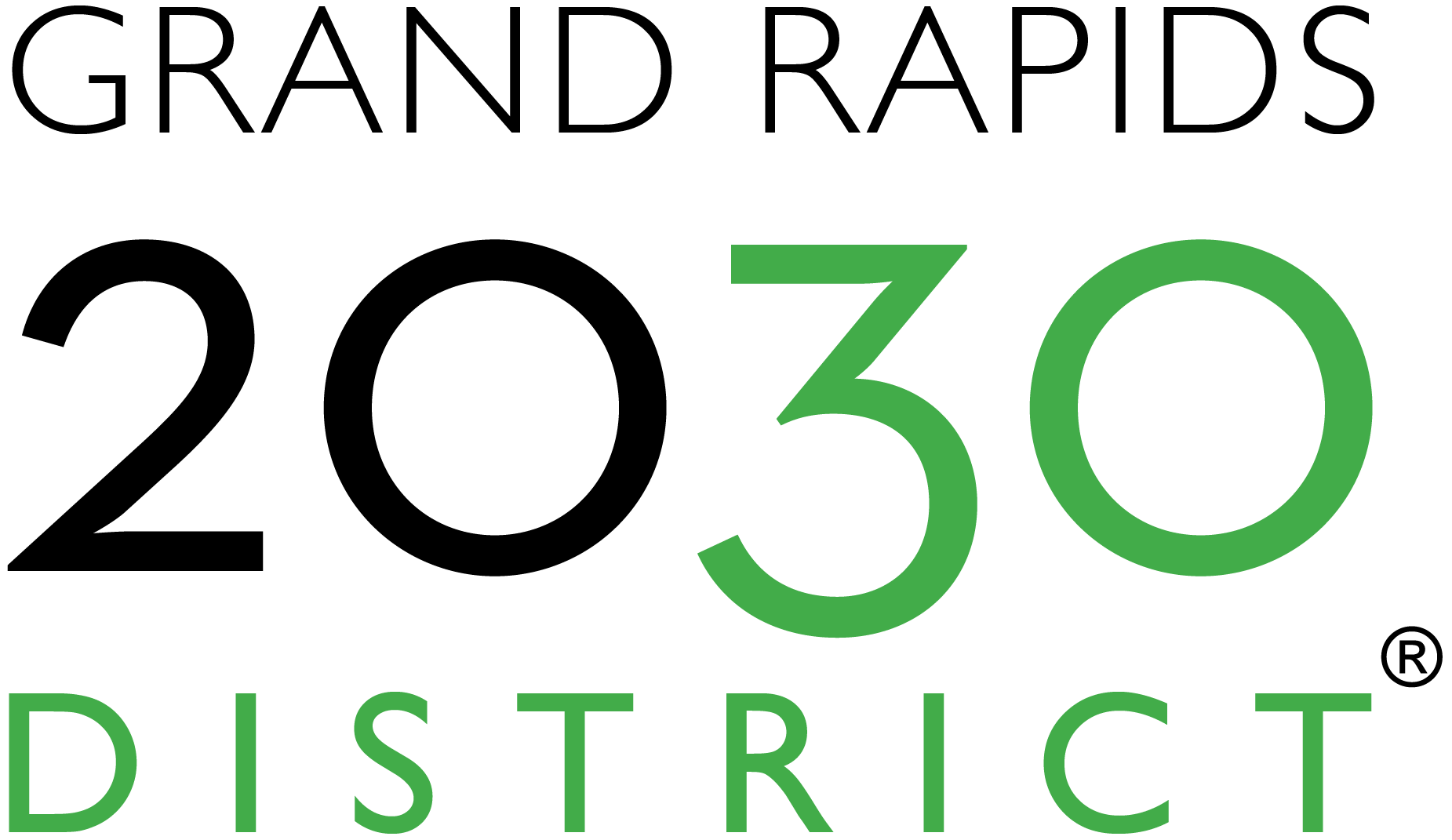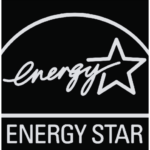Automated
Benchmarking
Service
This benchmarking service automates energy data uploads
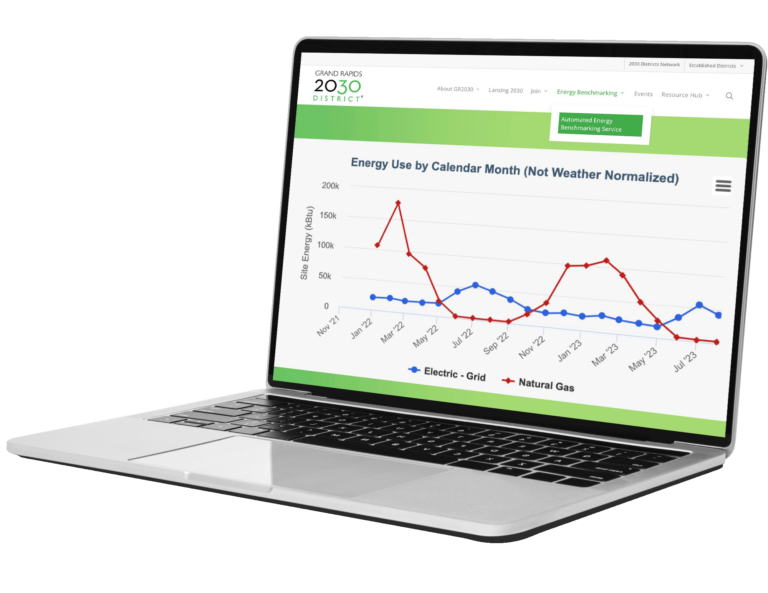
Benefits

Automated Uploads

Data Visualization & Reporting
Assess Energy Usage & Carbon Footprint
Better Data Management
Annual statement of energy usage with cost saving measures

Set & measure progress towards building performance goals
What is Energy Benchmarking?
Energy benchmarking is a process that measures and compares a single building’s energy use to similar buildings, its past performance, or a reference level. It can help identify how efficient a building is and where to make energy-efficient improvements.
Learn MoreWhat's in it for me?
What's in it for me?
Pricing

For buildings under 20,000 square feet
$500
annually

For buildings between 20,000-50,000 square feet
$750
annually

